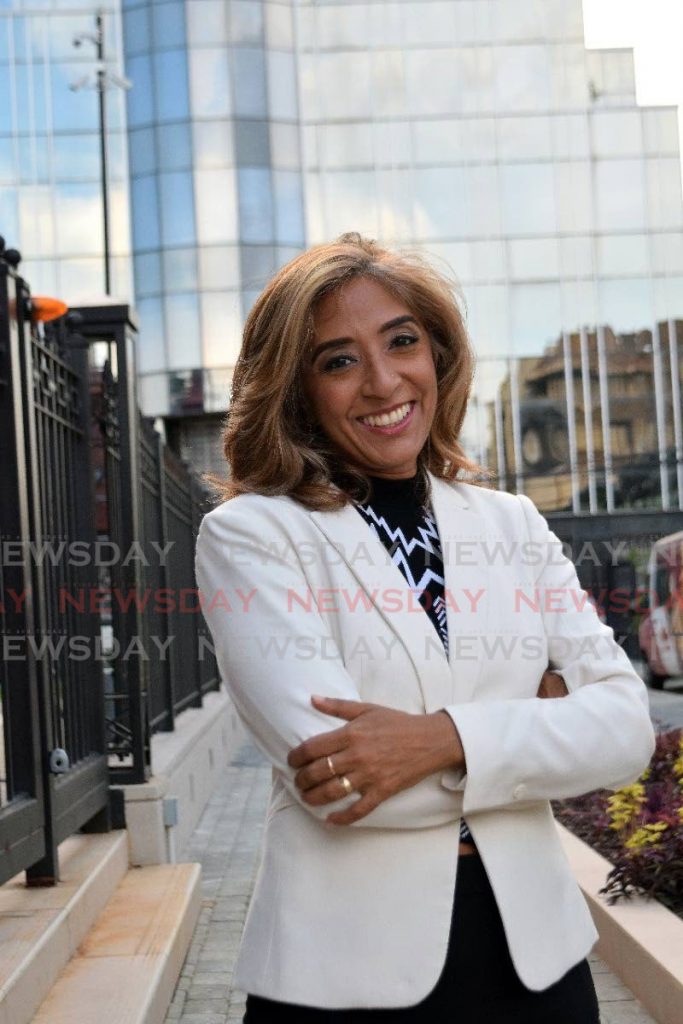Tackling sexual abuse of minors

DR GABRIELLE JAMELA HOSEIN
LAST WEEK, Dr Hazel Da Breo of the Sweetwater Foundation in Grenada alerted us to her work on understanding and preventing sexual abuse of minors under five years old. Da Breo, a psychotherapist and child protection specialist, was speaking at a network meeting of the Break the Silence Campaign, initiated by the Institute for Gender and Development Studies, UWI, St Augustine Campus, and now in its 12th year. So far, it is the only long-standing national campaign to raise public awareness about child sexual abuse and incest, and to try to prevent sexual violence against children through research and social norm change.
To understand this vulnerability better, I returned to the Children’s Authority of TT 2018 Annual Report. Children under one year old are three per cent of clients with those between one and three years old, rising to ten per cent of clients, and those between four andsix years old comprising 14 per cent of clients. The majority of cases are for neglect and, second, physical abuse, but these numbers speak to overall vulnerability to sexual abuse. Among one-three-year-olds, 5.5 per cent of reports were related to sexual abuse. Among children four-six years old, 10.9 per cent of reports resulted from sexual abuse. Keep in mind that sexual abuse and incest are under-reported crimes.
I realised that I had not given sufficient attention to the specific vulnerabilities of children, and particularly girls, under five years old. Their experience of sexual violence is so unimaginable and yet so real. This group is least able to identify and describe sexual abuse. They are least able to protect themselves. Although these numbers are lower than for older children, their real risk speaks to the necessity of age-appropriate education for pre-school teachers and children as well as health workers and others that come into contact with the youngest among us.
Drawing on those adults who have spoken about their childhood abuse, Dr Da Breo emphasised the importance of bystanders, those who knew and did nothing, in breaking silences. Survivors commonly highlighted that “somebody always knew.” This stark injustice has stayed with me since.
There’s always an adult who suspects or has been told. There are often children who witness or hear, and are terrified themselves, yet can also be empowered to speak out or call a hotline, as children are increasingly doing. Adults must establish a family context where children are listened to and believed as well as paid attention to for signs of harm and trauma that can be mistakenly punished as “bad behaviour.” Prevention takes a village. We are all responsible for the world that vulnerable children encounter.
We must be honest that our homes and families are unsafe for thousands of children who report child abuse each year. We have to be real about the fact that the greatest threat of sexual abuse to children comes from those who have access to them, are trusted, and are relatives. It comes from those they are dependent on, who we least suspect and whose denial we would most believe. Predators can be adults or children, but they rely on their violence remaining a secret because of young children’s confusion and fear.
Those most invested in championing the sacrosanct family should be at the forefront of this work. Currently preservation of the family takes priority over the safety of children. Yet, as Dr Da Breo put it, where there is violence to and violation of its most vulnerable, the family is broken. Religious groups which reach deep into family life therefore have an important role. Protection and prevention should therefore be considered as important as scripture and prayer.
I’ve been thinking since about how the Break the Silence Campaign can produce messaging that challenges complacency and complicity, and gathers allies across both state agencies and civil society to work through what bystander responsibility means.
Finally, Dr Da Breo called for restorative justice approaches that complement legal prosecution and create possibilities for children to hold perpetrators and complicit bystanders accountable, and to secure recognition and repair.
Her project will collect stories from adult survivors of under-five child sexual abuse and incest, and produce standardised psychological interventions to help victims of sexual trauma across the region, as well as train service providers in law, medicine, psychological care, education, daycares, recreation and church groups, women’s organisations, and transgender agencies. It will include Antigua and Barbuda, Dominica, Grenada, St Lucia, St Vincent and the Grenadines, Belize and Suriname. These are efforts to which we can contribute and about which we should all be aware.
Diary of a mothering worker
Entry 399
motheringworker@gmail.com


Comments
"Tackling sexual abuse of minors"